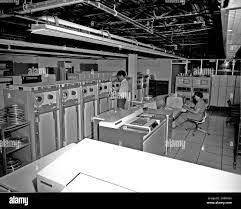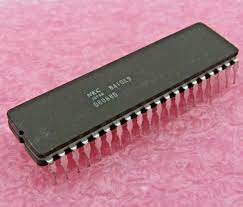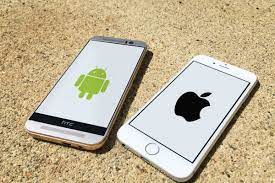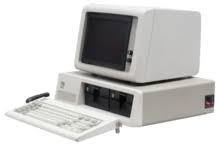In August of 1981, International Business Machines (IBM) released the Personal Computer model 5150 – more than 41 years ago! Believe it or not, this 25-pound behemoth (28-pounds with the optional second disk drive) was the first microcomputer from the manufacturer, and it is amazing how many of the original traditions and precedents set for personal computing standards still carry through to this day.
It may not seem like it, but that slab of beautiful, functional glass in your hand (or your pocket) continues to have more in common than you would think with its now distant ancestor. In this article we will explore a little bit of the history behind the development of the PC, and the impact its design and ethos has had for decades since.
A Little History Lesson
Before the 5150 Personal Computer, there was the IBM 5100 Portable Computer. Deeming the machine as “portable” is certainly up for debate: it was larger and heavier than one of those huge bags of Costco dog food, weighing in at a hefty 55 pounds. Still, introduced in 1975, the 5100 was significantly slimmed down from room-sized mainframes IBM sold and serviced during the 1950s and 1960s. The relative success of the Altair 8800 microcomputer kit in 1974 demonstrated enough potential for “Old Blue” (that was IBM’s nickname once upon a time) to produce something smaller still for the as-yet untapped home computing market. But targeted at businesses, and coming in at a cool $20,000 ($110,000 in 2022 dollars) for the 64KB version, the 5100 was going to need to go on an even bigger diet. (Can you imagine getting approval for a $110K machine from your manager these days?)

Why Was It Successful?
Ultimately, rather than go with Atari, an internal direction was chosen. First, the goal was to build a prototype computer in 30 days, followed by the production and manufacturing of a fully-functional model for storefronts within 12 months. The high-level requirements for IBM were specified by the industry retailers themselves: open architecture, non-proprietary components, and the ability to run standard software (so that stores and customers could repair and upgrade themselves using off-the-shelf parts). This project represented a radical departure from the closed architecture business model IBM was founded on in the early 20th century, and would require a team of over 150 staff to complete within the one-year deadline.

But What Did It Have in Common with Today’s Computers?

But as we all learned in childhood, you can’t judge a book by its clunky beige cover, and the success of any good idea goes beyond the constraints of its physical form. As it turned out, IBM’s willingness to listen to their customers and retail partners was the key. In designing a competitively-priced product compatible with those sold by the other brands, they not only put their product (and their company) on the personal computing map with their first offering, but they had established themselves as the 800-pound gorilla in the market, more than doubling Apple Computer’s revenues a mere three years after the PC’s 1981 debut (pricing it 40% less than the Apple Lisa, released two years later, didn’t hurt).
Further, boasting specifications like the Microsoft Disk Operating System (MS DOS) as well as a bevy of 8-bit peripherals and storage support, you might compare the PC’s open architecture approach to the computer ecosystems of today. Today’s international standards (including WiFi, Bluetooth, and PCIe) owe their existence to a key decision made by IBM: to follow the market’s expectation of compatibility, regardless of brand name. Perhaps to the dismay (or pleasant surprise) of IBM’s marketing team, the “PC” moniker is forever the shorthand for an entire universe of computer products, all compatible with that original x86 architecture of yesteryear.
It’s Personal

The IBM PC was not the first personal computer, but in 1981, it was the first one that focused on making computers personal. Your Android or iPhone is undoubtedly better off for it, and we should all be thankful…so let’s all sing together: Happy Birthday, PC!
